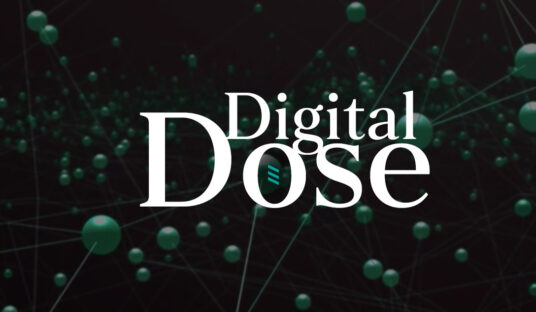
Particularly within the scientific community, the social media platform Bluesky gained momentum throughout November. As questions swirl about whether to jump to this new platform, we prepared this quick explainer to get everyone up to speed on this potential alternative to X.
What is Bluesky?
It’s a decentralized microblogging social media service modeled after and inspired by Twitter. It began as a research project at Twitter, seeking to explore the possibility of applying a decentralized (also referred to as distributed or federated) model to the existing platform. Under this model, a social network is made up of multiple social websites that communicate with each other using open-source code. In contrast, most of today’s popular social media platforms operate on a single platform under a company’s control.
Bluesky spun off from Twitter in 2021, and development accelerated after Elon Musk acquired Twitter in 2022.
Is Bluesky the New Twitter/X?
Our best answer is ‘maybe.’
Bluesky feels like Twitter from its earlier days and is attracting a growing user base (21 million, total). However, it’s still much smaller than X (229 million, daily) or Meta’s Threads (175 million, monthly).
Social media migration tends to happen gradually until it reaches a tipping point where seemingly everyone makes the jump. More people are giving Bluesky a try right now, but it remains to be seen if they’ll stick around.
Are Key Health & Science Stakeholders Using Bluesky?
We’ve been keeping a close eye on the platform, particularly since user growth spiked after the U.S. election. Recent articles in Science, Nature, STAT, and TCTMD all suggest that the scientific community is joining the rush based on anecdotal evidence. They all highlight that some healthcare professionals are torn about leaving X because they don’t want to leave misinformation unchecked. At least some journalists are also making the move to Bluesky, drawn by the platform’s stance on posts with links (they’re not penalized the way some other platform algorithms handle them), which helps them drive more traffic to their articles.
We’ve been spot-checking some of the high-profile names across the fields our clients are most interested in, including KOLs, journalists, and brands, and the results are mixed. Some users are making the switch from X to Bluesky (for example, we spotted more than one Cardiosky starter pack as well as one devoted to cardiology societies and journals), some are testing Bluesky and keeping X, and others aren’t showing any signs of making the move.
Should Your Brand Be On Bluesky?
Like any emerging social network showing signs of rapid user adoption, Bluesky is worth watching, but—at least for the moment—we don’t recommend setting up an active presence. New social networks are inherently messy as the new community figures out how it will operate. Most brands don’t need to rush in to be part of that process (and the inherent risk that comes with learning a community norm the hard way).
However, we recommend grabbing your brand’s handle—if only to make sure no one else sets up an account in your name.
If you’re interested in learning more about how your brand can build a well-targeted social strategy, reach out to us.
Perspectives

Media
Digital Dose: Disablement of Third-Party Cookie Tracking and X’s 2024 Development Plan

Media
Digital Dose: ByteDance New AI Model and Navigating a Cookieless World

Media
Digital Dose: LinkedIn’s New Media Planning API and a New Trending Topics Feature on Threads

Media
Digital Dose: Google and Reddit’s Latest Partnership and Tips for Engaging Gen Z on LinkedIn





